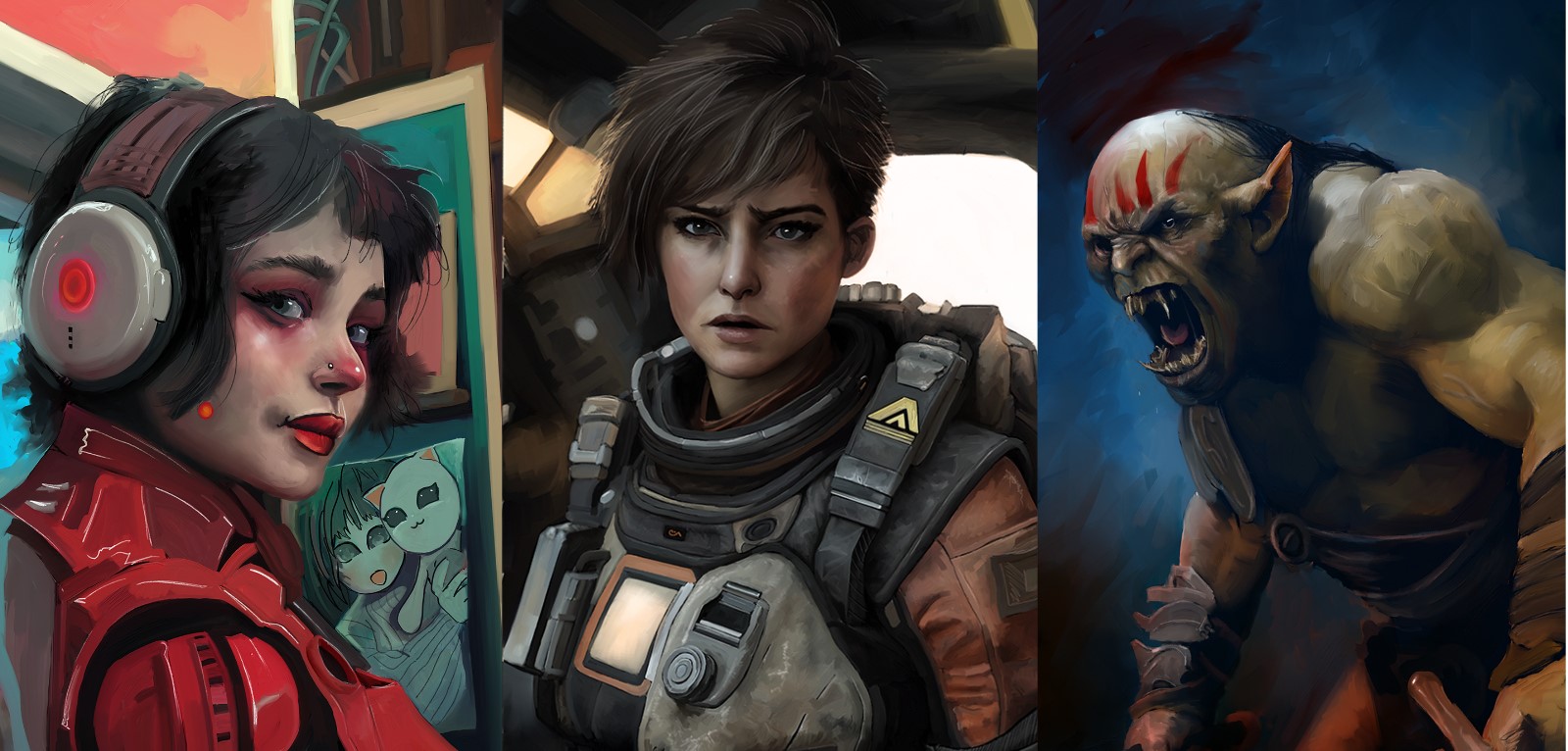We are thrilled to introduce one of the recently selected Rebelle Featured Artists, a freelance illustrator, S. C. Watson. Read the interview to learn about the influence his artist parents had on his art journey, his career as an illustrator while working remotely, and his advice to younger illustrators.
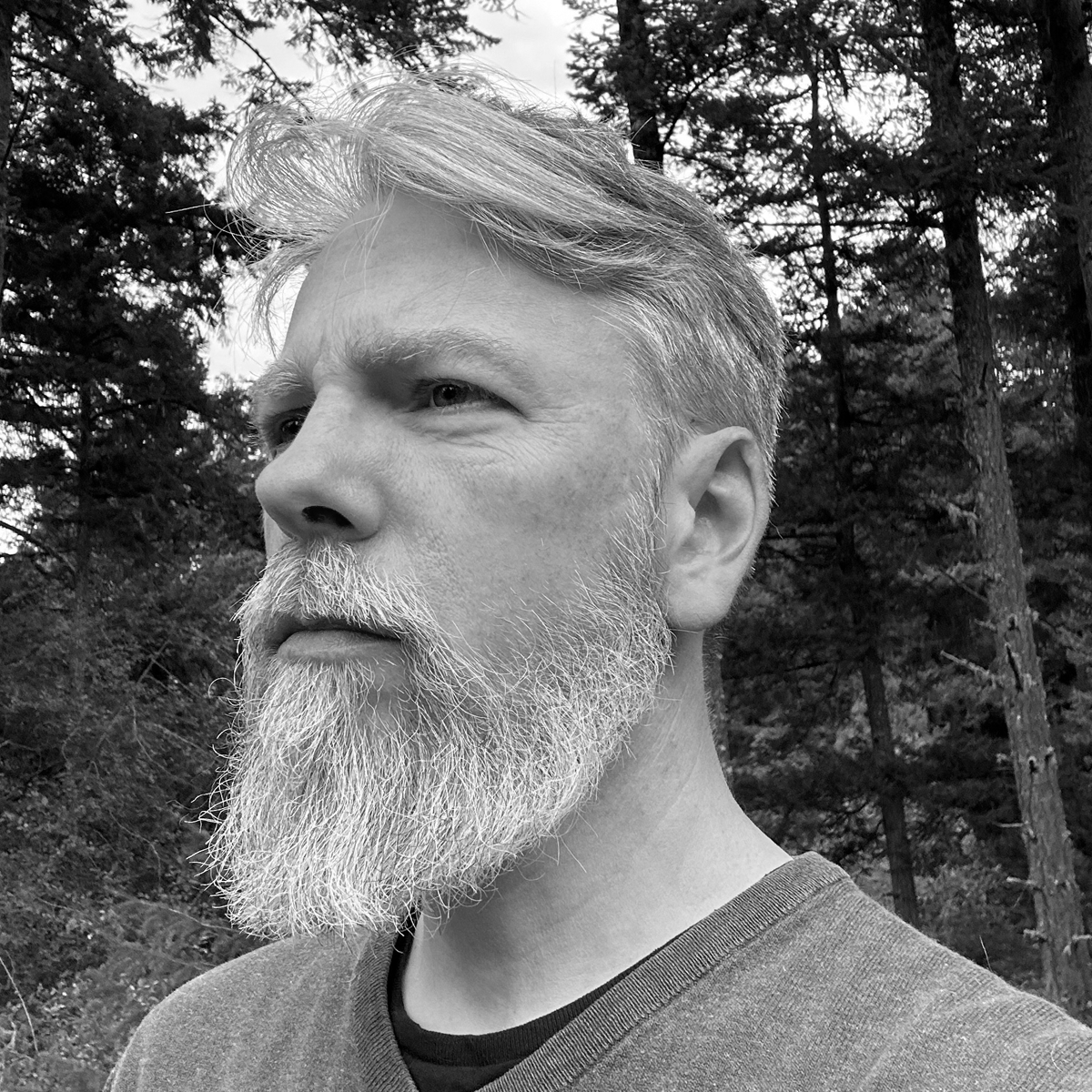 S. C. Watson (Shane) is a freelance illustrator who lives and works on Orcas Island, north of Seattle and east of Victoria, B.C. He has been illustrating for a variety of clients, including Mongoose Publishing, Wizards of the Coast, Fantasy Flight Games, and Malfador Machinations, and self-publishing authors for more than 20 years.
S. C. Watson (Shane) is a freelance illustrator who lives and works on Orcas Island, north of Seattle and east of Victoria, B.C. He has been illustrating for a variety of clients, including Mongoose Publishing, Wizards of the Coast, Fantasy Flight Games, and Malfador Machinations, and self-publishing authors for more than 20 years.
Hello Shane, thank you for taking the time for this interview. We are thrilled to learn more about your journey and introduce your work more closely to our readers. How did your professional journey as an artist begin? Could you share some early projects or influences that helped shape your career?
Both of my parents were artists - my father was a technical illustrator for Raytheon in the 80’s doing CAD-level technical illustrations by hand. Some pretty crazy stuff. He also had a love for fantasy and science fiction - things like Lord of the Rings, Dune, Foundation, etc. My mother was more of a traditional artist, doing whimsical fantasy paintings and drawings. She was also a huge Star Trek fan, so both of them were major inspirations for me beyond simply encouraging me to draw and paint. Because we always had science fiction and fantasy reading material, book covers became a major source of influence, and then later on, role-playing games like D&D, and then Traveller.
By my early 20s, I was starting to pick up small gigs here and there for various people - nothing too major. This continued until around 2003 when I started picking up work from Fantasy Flight Games, and then later a little bit of work from Wizards of the Coast. I also have done a lot of work for independent clients and authors, doing a variety of illustrations for different genres ranging, from children’s picture books and middle-grade adventure stories to hard fantasy military adventures.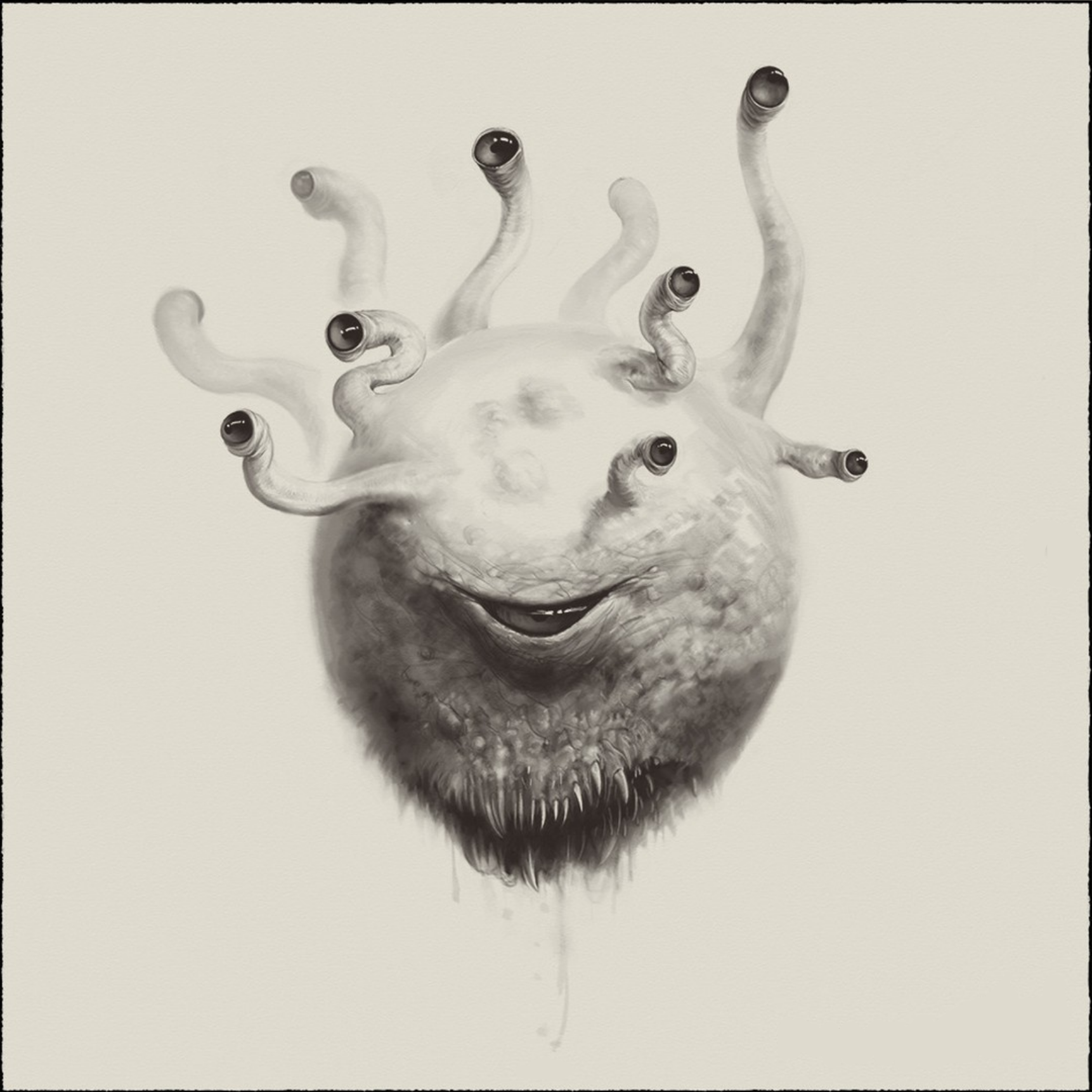
"I’m very critical of what I do - my own worst critic. A lot of stuff I get praise for I personally cringe at because I know the uncomfortable back story to it and all the (sometimes literally) hundreds of sketches that were ditched and revisionist that were made to get that one piece to look right."
You’ve worked on sci-fi projects, which often involve creating futuristic worlds and technologies. What are the biggest challenges you encounter when visualizing otherworldly or futuristic concepts?
Oh, man. Coming up with something that is both out of this world, but also (seemingly) plausible. The suspension of disbelief for me is huge. If it doesn’t make sense to me, I have a very hard time with it. Since my primary focus is on creature / alien design, I like things to at least make some sense biologically - that’s not to say it has to be a shoo-in for something that exists, but at least that it could *possibly* exist, if that makes sense. I’m more forgiving when it comes to fantasy because the rules don’t apply the same way there. But if I’m working on a science fiction project, I need to have that suspension of disbelief kicked in. Hitting that sweet spot can be challenging - added to this that I know this is a “me” thing, and most people don’t care about that, but it’s a bar I try to hit for personal reasons.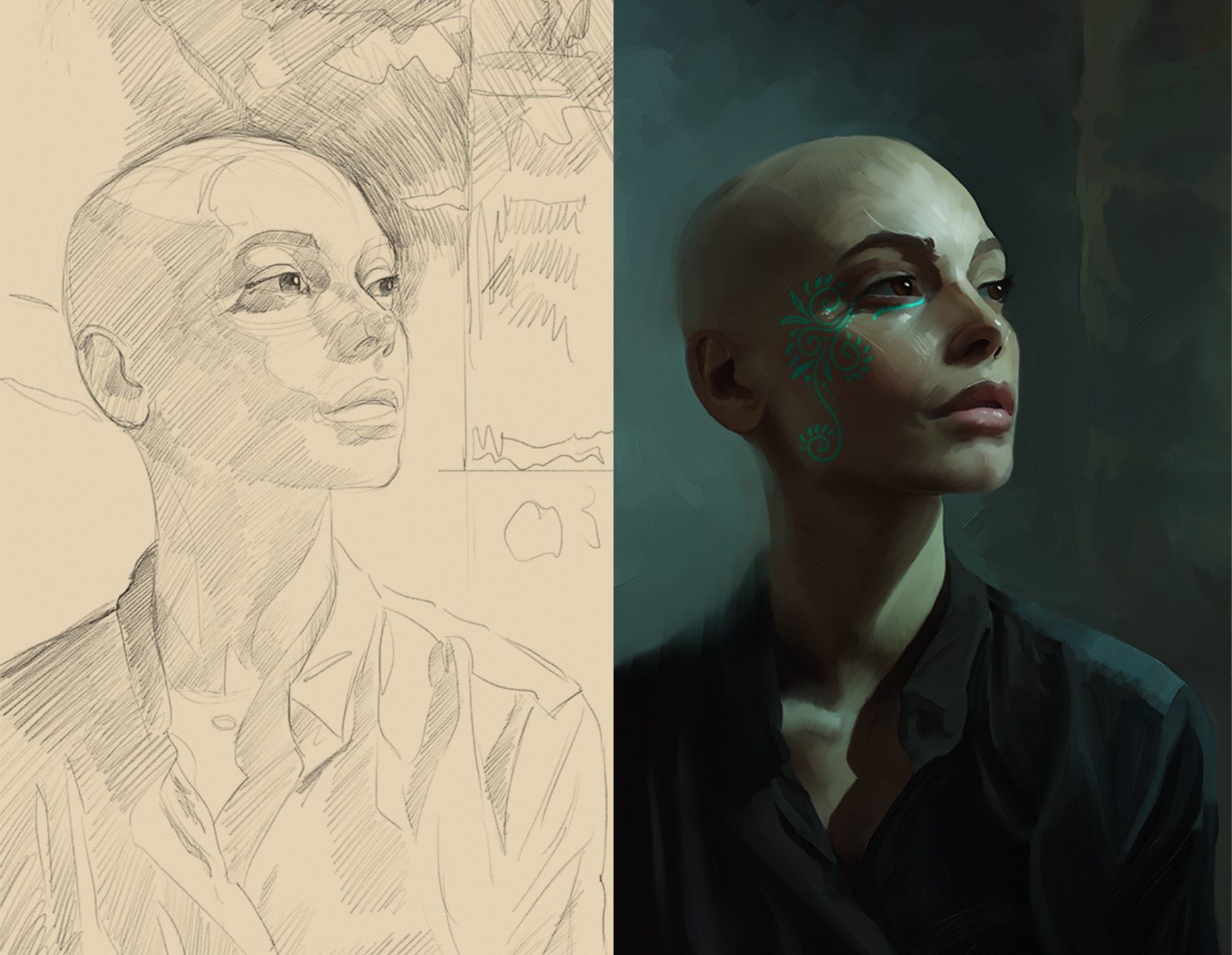
Given how fast the visual trends in sci-fi and fantasy art evolve, how do you balance staying innovative while incorporating traditional genre elements? Do you find it difficult to keep up with these trends?
Yeah, I’m not so concerned about being “innovative” as I am about doing good work. I’m very critical of what I do - my own worst critic. A lot of stuff I get praise for I personally cringe at because I know the uncomfortable back story to it and all the (sometimes literally) hundreds of sketches that were ditched and revisionist that were made to get that one piece to look right. I wouldn’t say I’m a perfectionist, but I do have this moving goalpost of a standard I want that is perpetually just out of reach. These days I’m trying to find the balance between just enough detail and not enough. Historically, I’ve tended to over-detail a piece to death, and for me, that’s just not sustainable. I’ve found that taking a more painterly approach is far, far more satisfying for me.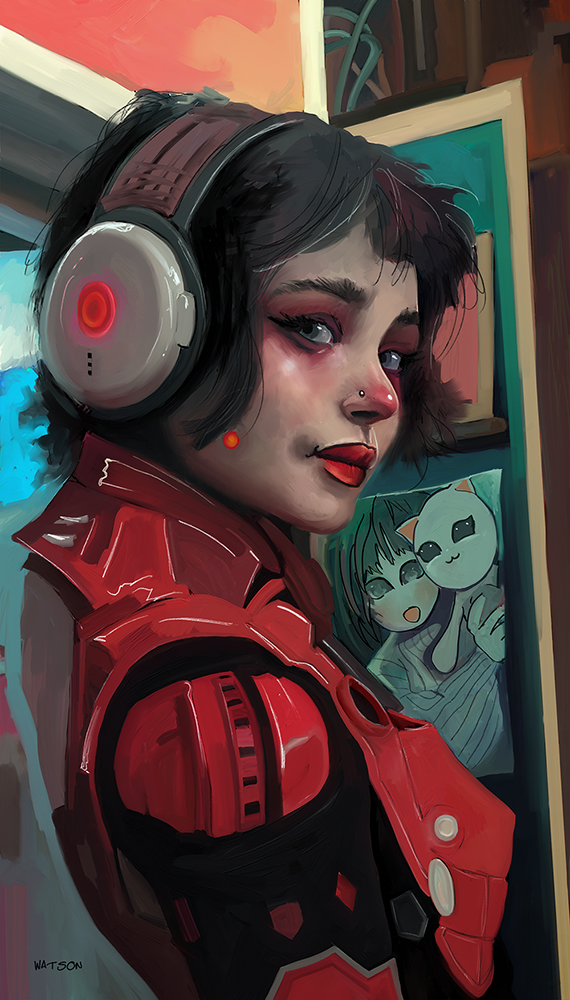
In the early 2000s, you worked on Space Empire V, a game that’s attracted players for decades. How did creating characters for that game influence your career, and how has that experience shaped your later work?
I wish I could say that Space Empires V had more of an impact on my career than it did, but unfortunately, while I had a lot of fun - and freedom - on the project, it didn’t really reverberate beyond the project itself in terms of follow-up work. To my knowledge, I never got any commissions based on what I did for the game. I’m still really proud of the stuff I did there - it was the first time I was able to do a more or less cohesive set of illustrations for a title, and that experience did inform my process for doing other work.
In a very real sense, it did however set the stage for a game mod for Stellaris that I did titled Alien Suns around 2015, which in a lot of respects was a very similar process. The game mod was, and still is, pretty popular from what I understand, though it doesn’t quite work with the game anymore because of updates. Alien Suns has turned into its own thing and has become a personal passion project. I’ve taken the ideas that I had there and am developing them into a science fiction role-playing game, which is slowly taking on a life of its own. So, there is a direct line from the early work I did on Space Empires V, to the development of Alien Suns in terms of illustrative project management.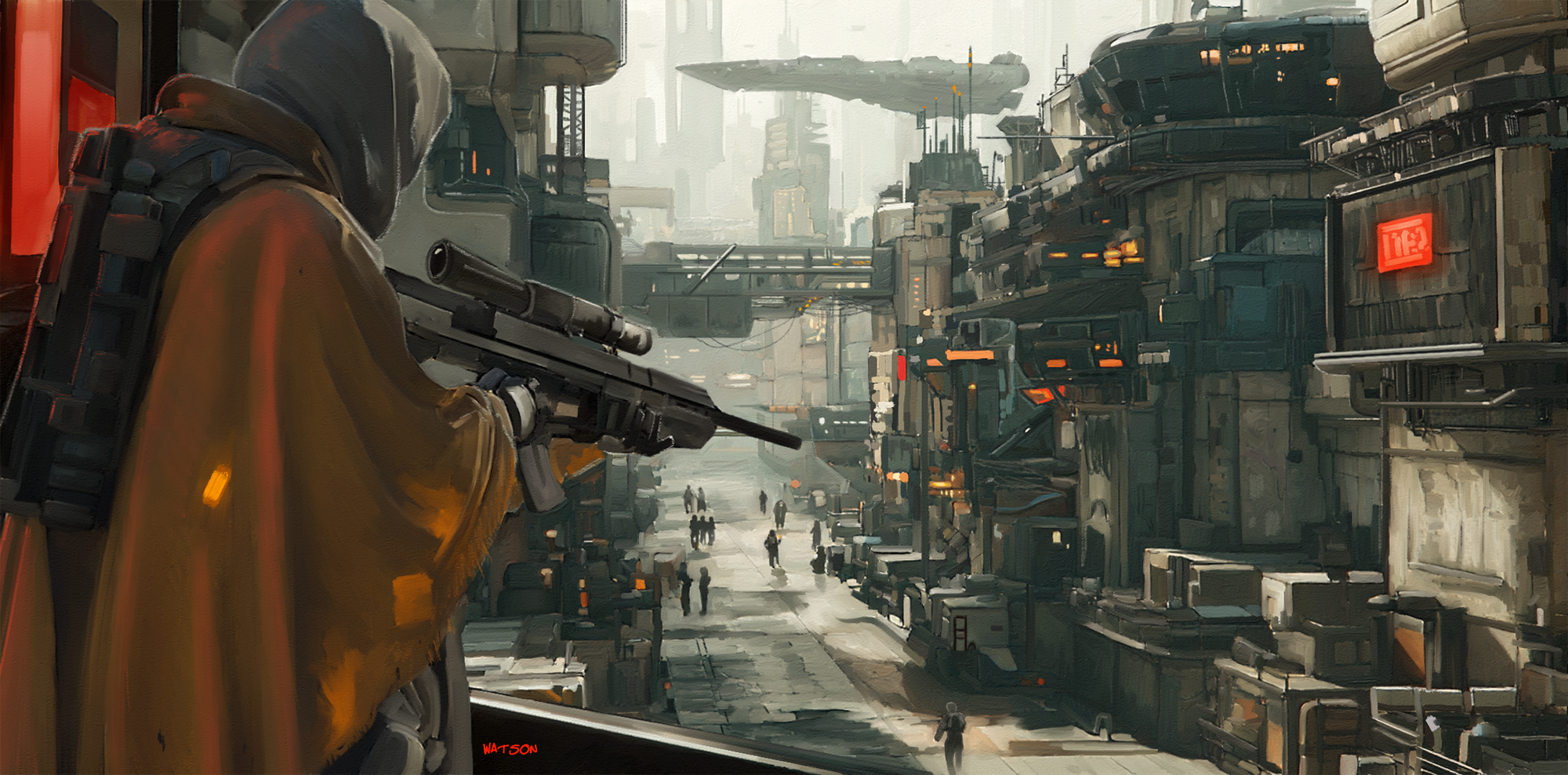
"Rebelle has been a godsend for me. Having access to something that responds the way I expect it to on the surface that I’m working on is refreshing and feels very natural to use for me."
That is wonderful. We are excited to hear about the evolution of that project. Moving on, you’ve collaborated with game designers, writers, and developers throughout your career. What’s your process for ensuring that your illustrations align with the broader creative vision of a game?
Read the brief carefully, and ask questions. If something doesn’t make sense to me, or if something is vague, I’m shooting off an email. A lot of times, there’s a lot of latitude given to the illustrator, but I try not to assume that until I’ve been given the green light by the Art Director or project lead.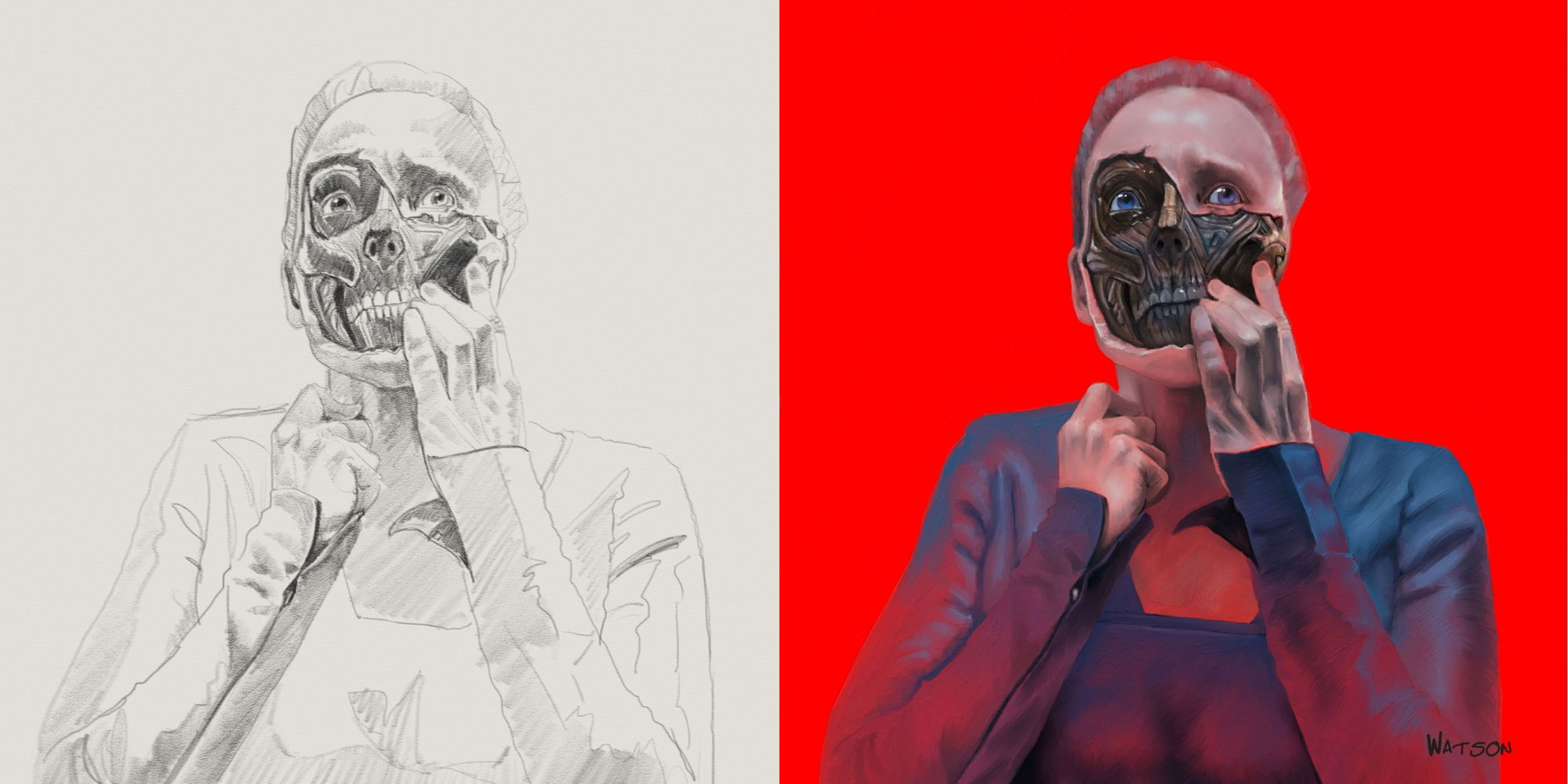 As a long-time user of digital painting tools, including Rebelle, are there any specific features or brushes that you rely on heavily? How do these tools help you bring your ideas to life?
As a long-time user of digital painting tools, including Rebelle, are there any specific features or brushes that you rely on heavily? How do these tools help you bring your ideas to life?
Rebelle has been a godsend for me. I truly can not stress this enough, and you can see it in my portfolio. There’s a geologic strata line where I switched over. In Rebele, I use two main brush types - the 2B pencil, and the Flat Oily brush on the hot pressed surface, because when I worked traditionally, these were the tools that I used - a 2B mechanical pencil and oil paints. Having access to something that responds the way I expect it to on the surface that I’m working on is refreshing and feels very natural to use for me. I don’t have to think about the technicalities of trying to get the program to respond the way I’m used to the media responding - it just does, freeing me up to focus instead on the illustration at hand.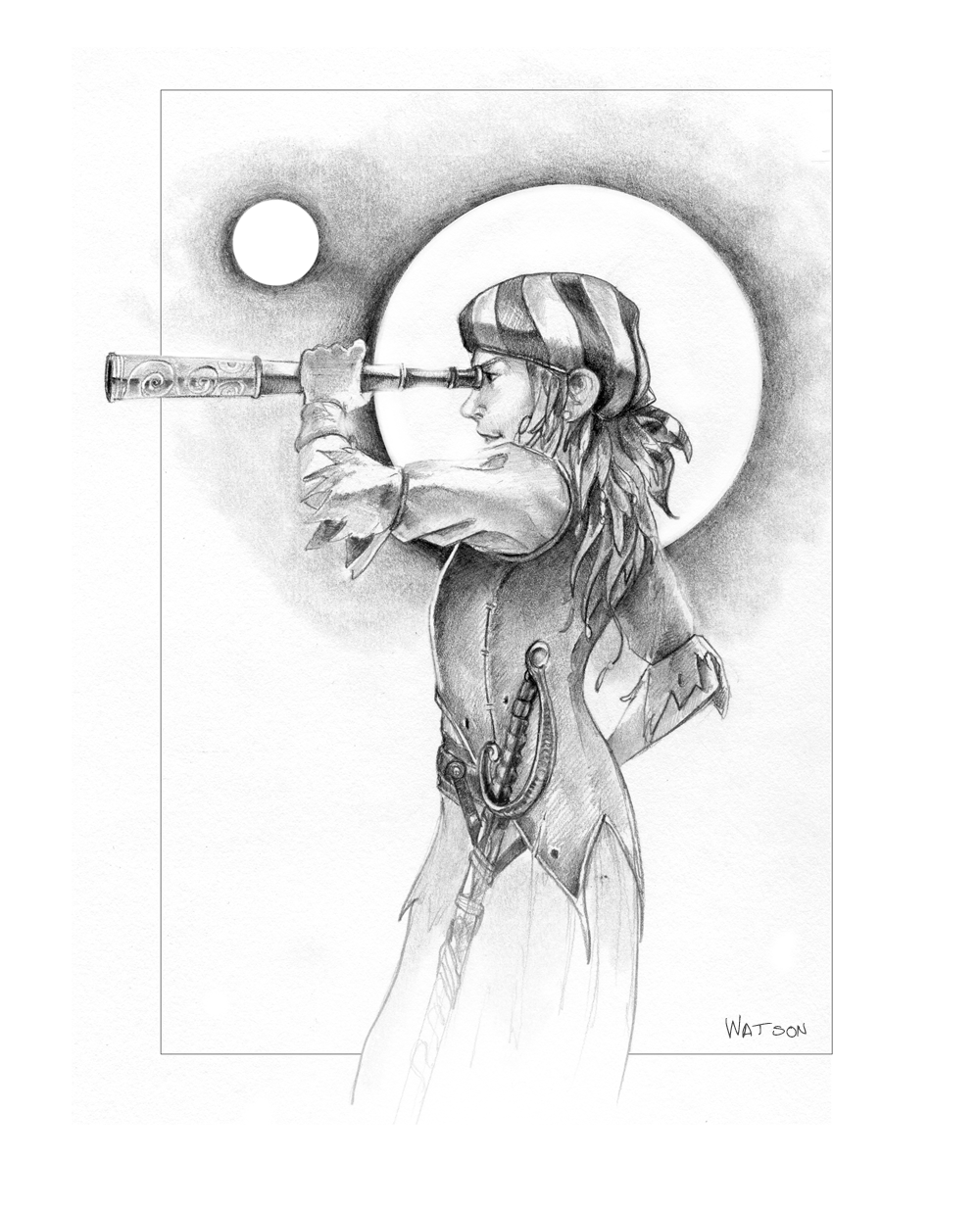 You live on Orcas Island, a remote and beautiful part of Washington state. How has working remotely influenced your ability to find projects, and do you think location still matters in today’s globalized, digital industry?
You live on Orcas Island, a remote and beautiful part of Washington state. How has working remotely influenced your ability to find projects, and do you think location still matters in today’s globalized, digital industry?
I don’t think it matters as much now, especially post-pandemic. But early on, it was really challenging. I’ve lived on the island here for about 25 years now, and back in the day, I was passed over for projects because I was not local to Seattle. They either wanted you in-house or close by. Where I am can take the better part of a day to get down to Seattle, so, yeah, it was challenging. Finding companies and clients that were willing to work remotely via email took some work, and I honestly don’t think I was that successful at it. I do better now, just because of experience, but yeah, it was hard at times.
With the way things are now, I don’t think it’s as big of an issue. I’ve had clients from all over the US, Europe, and at one point a few years back, even India.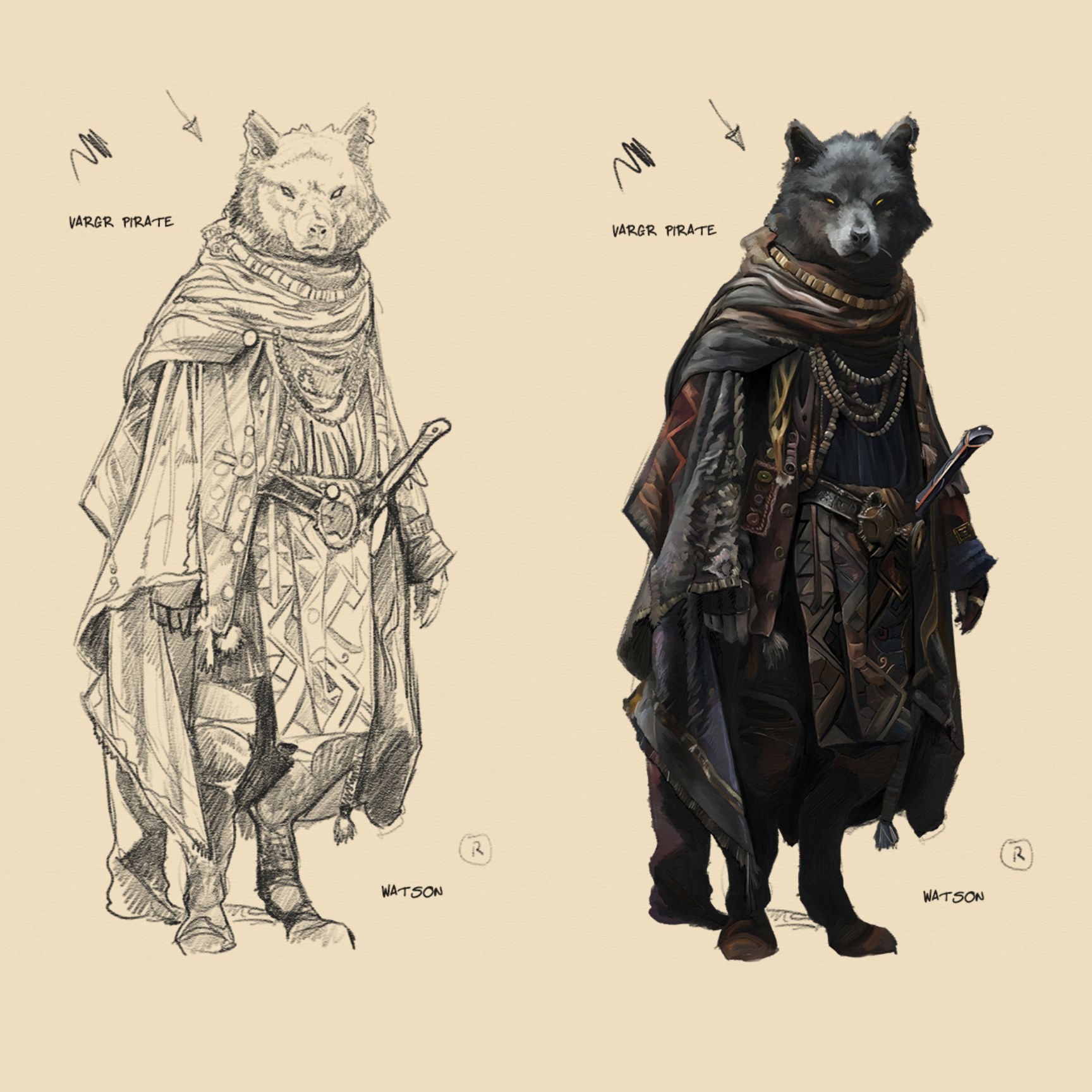 Created for Mongoose Games.
Created for Mongoose Games.
If you were starting your career today, would you approach things differently?
If I was starting my career today? Can I keep my experience? Because, yeah, I think I’d approach things a lot differently. I was very discouraged early on and didn’t really get the type of response or success that I wanted - a lot because I think I was too scattershot in my approach. I would focus and narrow things down with my work instead of being all over the place.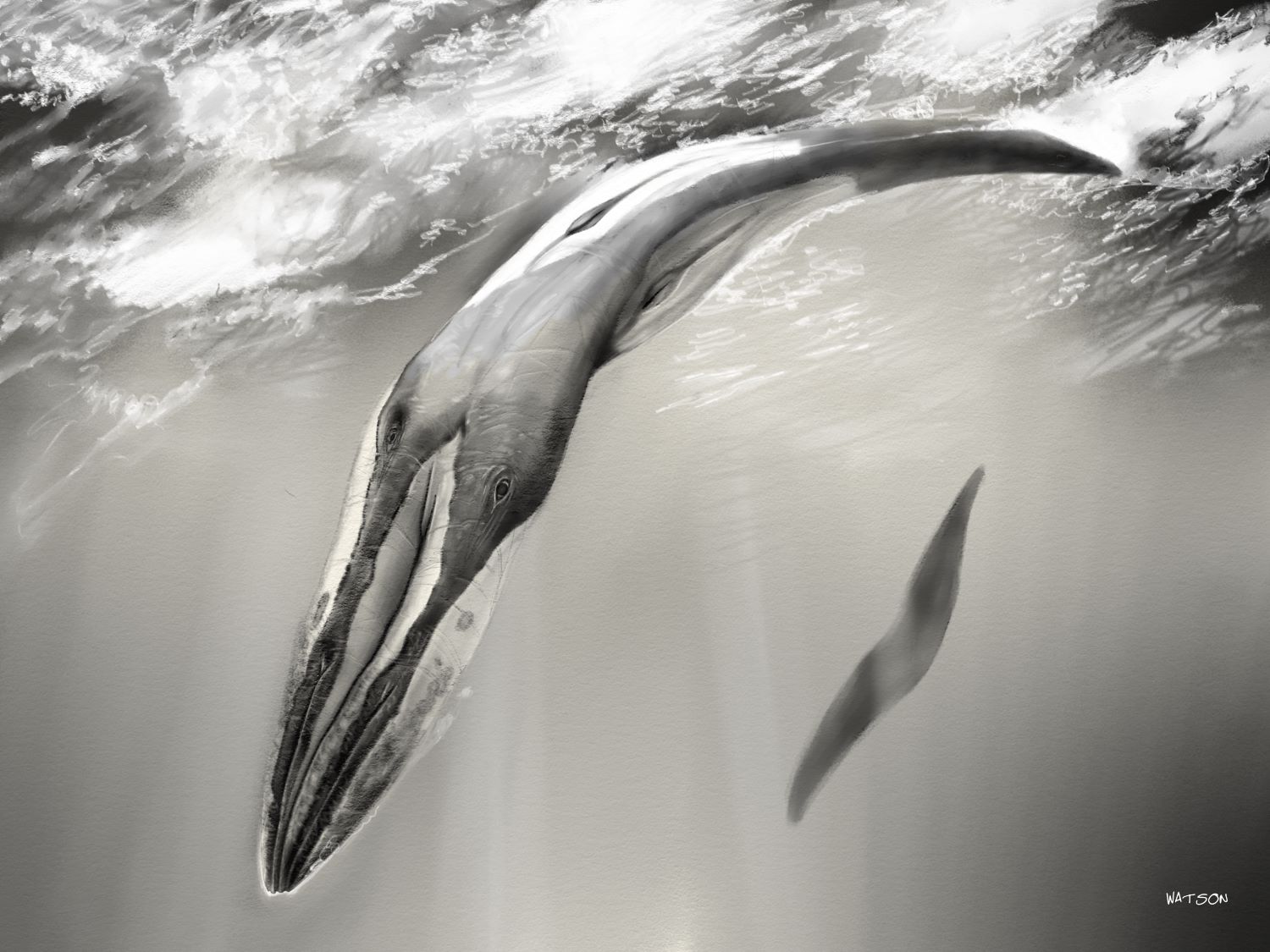 Do you think it’s easier or harder to break into the illustration field now compared to 20-30 years ago, given the rise of digitalization and AI?
Do you think it’s easier or harder to break into the illustration field now compared to 20-30 years ago, given the rise of digitalization and AI?
I know it’s a lot harder now, I think, to “break in”, but I don’t think that’s because of AI. I think that’s because things have globalized and there are far more illustrators out there. But the thing is, illustrators are a really great group of people - every one of them that I know is encouraging and we’re constantly pushing each other to get better and we celebrate each other’s successes. We build each other up and keep each other going because at the end of the day, drawing and painting are personal journeys, no matter who you’re doing the work for - you’re the one going through the growth, trying to get better than you were the last time. Drawing and painting is hard, and we all know that. So we encourage each other to keep putting our stuff out there and keep our individual voices and visions strong.
As for AI, my personal opinion on it is that it’s all image and no content. Creature design for Mongoose Games.
Creature design for Mongoose Games.
Any advice for aspiring illustrators?
Learn the basics, don’t compete with others (unless it's friendly and meant to push your boundaries), and do not ever compare yourself to someone else. Focus on your own path and your own vision. This is where you will define yourself.
Thank you, Shane, for letting us peak into your art world, while answering even more thought-provoking questions on recent trends. We believe your art journey and advice will encourage a lot of aspiring artists.
Escape Motions Team
-----
Learn more about S. C. Watson: escapemotions.com/featured-artists/sc-watson
Visit his website: scwatsonart.com

